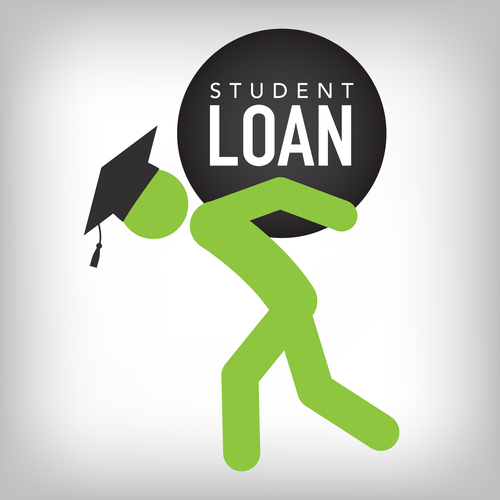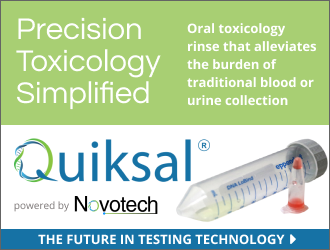
The U.S. Department of Education announced that the fiscal year 2016 national federal student loan cohort default rate (CDR) – the most recent year for which data is available – decreased from 10.8% for FY 2015 to 10.1% for FY 2016, a 6.5% decline from the FY 2015 rate.
The FY 2016 national CDR is the percentage of borrowers who entered repayment on Federal Family Education Loan (FFEL) Program or William D. Ford Federal Direct Loan (Direct Loan) Program loans between Oct. 1, 2015 and Sept. 30, 2016 and subsequently defaulted prior to Sept. 30, 2018. During the FY 2016 borrower cohort tracking period, 4,533,276 borrowers entered repayment, and 458,687 of them—10.1%—defaulted on their loans. These borrowers attended 6,130 postsecondary institutions across the country.
The FY 2016 CDR represents the lowest national CDR since the three-year rate was first published in 2012 for FY 2009.
Rate Trends
From FY 2015 to FY 2016, CDRs decreased for public, private, and proprietary institutions.
For public institutions, the rate fell from 10.3% in FY 2015 to 9.6% in FY 2016, a 6.8% decrease from the FY 2015 rate. Public schools include 1,659 of the total number of postsecondary institutions, or approximately 27%. Public schools represent 2,467,803 of the total number of borrowers who entered repayment in FY 2016, or approximately 54%.
For private institutions, the rate fell from 7.1% in FY 2015 to 6.6% in FY 2016, a 7.0% decrease from the FY 2015 rate. Private schools include 1,726 of the total number of postsecondary institutions, or approximately 28%. Private schools represent 1,069,593 of the total number of borrowers who entered repayment in FY 2016, or approximately 24%.
For proprietary institutions, the rate fell from 15.6% in FY 2015 to 15.2% in FY 2016, a 2.6% decrease from the FY 2015 rate. Proprietary schools include 2,353 of the total number of institutions, or approximately 38%. Proprietary schools represent 985,335 of the total number of borrowers who entered repayment in FY 2016, or approximately 22%.
Additionally, 392 foreign institutions, which make up approximately 6% of the total number of institutions, saw their CDR decrease by 3.2% from FY 2015 to FY 2016.
The Department’s default management website provides information about the national student loan default rate, as well as rates for individual schools, states, types of postsecondary institutions, and other details.
Sanctions
Schools with high default rates may lose their eligibility to participate in federal student aid programs. This year, 15 schools are subject to sanctions, including one public, one private, and 13 proprietary institutions.
These schools include:
- DC – Washington – Bennett Career Institute
- ID – Burley – Cosmetology School of Arts and Sciences
- IL – Chicago – Larry’s Barber College
- KY – Louisville – American College of Barbering
- MO – Kansas City – Transformed Barber & Cosmetology Academy
- ND – Bismarck – United Tribes Technical College
- NJ – Cherry Hill – Harris School of Business
- NY – Rochester – Sharp Edgez Barber Institute
- PA – Lancaster – Champ’s Barber School
- SC – Denmark – Denmark Technical College
- TN – Memphis – Vibe Barber College
- TX – Farmers Branch – PCCenter
- TX – Grand Prairie – MT Training Center
- TX – Dickinson – K&G 5 Star Barber College
- WI – Beloit – First Class Cosmetology School
Eleven of these 15 schools are subject to a loss of eligibility based on a CDR of 40% or more for one year, while seven are subject to a loss of eligibility based on a CDR of 30% or more for three years. Three schools are subject to a loss of eligibility based on a CDR of 40% or more for one year and a rate of 30% or greater for three years. In certain circumstances, schools may avoid sanctions by submitting successful appeals.
Four of the 15 schools subject to sanctions in FY 2016 were subject to sanctions in FY 2015, including Champ’s Barber School, Larry’s Barber College, Sharp Edgez Barber Institute, and United Tribes Technical College.
All institutions with a default rate that is equal to or greater than 30% must establish a default prevention task force that prepares a plan to identify the factors causing the school’s CDR to exceed 30% and submit the plan to the Department.
The Department’s office of Federal Student Aid (FSA) provides extensive assistance to higher education institutions, including webinars and online training; state, regional, and national association training forums; and in-person training at the annual FSA Training Conference.
Helping Borrowers Better Manage Student Loans
The Department offers a variety of resources to help borrowers effectively manage their federal student loans. In addition to providing information about affordable repayment plans at StudentAid.gov/repay, the Department conducts outreach campaigns, uses social media to answer questions in real time, and provides loan counseling for borrowers to help them select repayment plans based on their specific circumstances.
The Department will continue to emphasize practical planning that leads to better borrowing and repayment outcomes. Through an initiative known as Next Gen FSA, the Department also will provide even more support for borrowers to effectively manage their student loan debt. By the end of 2019, the Department will introduce enhanced financial literacy and informed-borrower tools, including a loan simulator that will allow borrowers to “test drive” personalized scenarios, set repayment goals, and develop informed financial strategies.


Bulloch Public Safety
06/23/2025 Booking Report for Bulloch County

Bulloch Public Safety
06/30/2025 Booking Report for Bulloch County

Bulloch Public Safety
7/14/2025 Booking Report for Bulloch County

Bulloch Public Safety
7/11/2025 Booking Report for Bulloch County

Bulloch Public Safety
7/09/2025 Booking Report for Bulloch County








